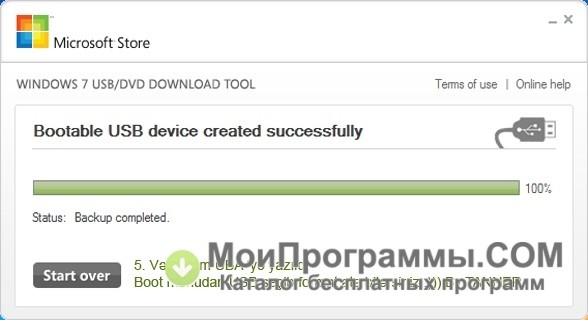


You’ll also need a minimum of a 4GB flash drive to create your installer. If you don’t have Windows installation DVD, you can download ISO files for Windows 10, 8, or 7 directly from Microsoft. If you already have an installation DVD, you can use it to create an ISO file using ImgBurn, a handy little free utility that’s been around forever. It is expected that the concept of a ‘portable’ computer lab using virtualisation will provide insight into delivery of IT courses in the future.Step One: Create or Download an ISO for the Windows Installation Mediaīefore you can create your USB installation drive, you’ll need to have your Windows installation media available as an ISO file. This paper aims to share the knowledge as well as tricks and tips gained through the process and to provide step by step instructions for building the customised USB hard dive. This not only allows the students to use a common computer lab but also enable them to totally control their learning with flexibility which was not achievable in the past. The USB drive contains a bootable Windows 7 Operating System as well as six Windows Servers operated under Microsoft Windows Virtual PC. Instead of using a desktop computer in a common lab, each student enrolled in the course such as Microsoft Active Directory is allocated a customised USB hard dive. After numerous search and research in finding an optimal solution, a portable computer lab using virtualisation is proposed. There is an urgent need to find a new long-term working solution for this problem. The challenge in providing a long-term solution heavily relies on the individual academic staffs who deliver such courses. A dedicated computer lab is no longer a viable option to provide a practical solution with three-year University leased computers. The shared common computer labs are tightly controlled by IT services and could not be used to deliver some specialised course such as Microsoft Active Directory Configuration and Management. Special services required for Computer Science and Information Technology courses are quite often not part of IT service agreements.

IT services in a university become a solo department to provide common IT support for the entire university community such as staff, students and visitors. Centralization of services is a global trend in universities worldwide.


 0 kommentar(er)
0 kommentar(er)
